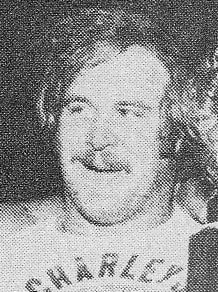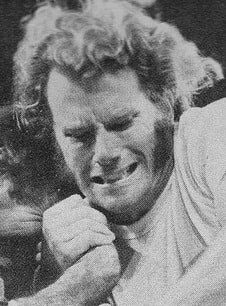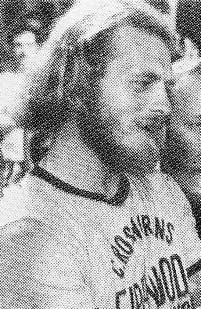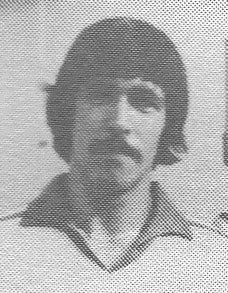Armwrestling Eras:
The Golden Age (1970-1979)
Synopsis:
During this era, awareness of armwrestling as an organized sport increases significantly thanks to regular coverage on North American television. Many new promoters and thousands of new pullers enter the sport. Armwrestling techniques and equipment evolve. The sport becomes “professional” as cash prizes start to be offered by leading organizations. Armwrestling’s spread across the globe begins to gain momentum at the end of the decade.
Era Boundaries:
From the time when the World’s Wristwrestling Championship is first aired on ABC’s Wide World of Sports to when the first “true” World Championships were held, attracting international competitors from three continents.
Key Developments:
--Tournament wristwrestling is broadcast nationally for the first time on North American television, exposing millions of people to the existence of the sport (January 1970). Coverage would continue throughout the 1970s.
--Hand pegs become a standard feature of armwrestling tables during the first half of the decade.
--Several new promoters are inspired by the footage of the World’s Wristwrestling Championship (WWC) and form their own organizations, including Fred Salvador (who creates the Carling O’Keefe World Wristwrestling Championship in 1971), Steve Simons and Marvin Cohen (who create the World Professional Armwrestling Association (WPAA) in 1974), and Tony Celeste (who creates Arm Wrestling International (AWI) in 1978).
--Wristwrestling is contested standing, while most armwrestling tournaments are sit-down. However, stand-up armwrestling gains in popularity as the decade progresses, with most professional leagues preferring the format.
--The Carling O’Keefe Worlds begins offering cash prizes at the beginning of the decade, in effect forcing other “professional” organizations to follow suit.
--The World Arm Wrestling Federation is founded in 1976 by Bob O’Leary in Scranton, Pennsylvania. A handful of countries form national federations during the latter half of the decade with each hosting its own annual national championships (US, Canada, India, Brazil, Japan).
--Techniques rapidly evolve over the course of the decade, with the top roll seeing a huge rise in popularity. Slipped grips increase dramatically, resulting in the need for a solution. Platform shoes become popular.
--Entries at the World’s Wristwrestling Championship in Petaluma go from approximately 100 at the beginning of the decade to almost 500 by the end of it.
--Armwrestling enjoys its peak level of coverage on North American television, with the WWC, Carling O’Keefe, WPAA, and AWI having their respective World Championships airing on different networks at the end of the decade. A few invitational tournaments for professional football players also air.
--The number of tournaments held annually in North America grows approximately 1000% between 1970 and 1979 and the number of active pullers increases by even more.
--The typical tournament at the beginning of the decade features three men’s weight classes, a single women’s class (if any) and features right-arm only competition. By the end of the decade, most offer five or six right-arm classes for men, two for women, and a few organizations start to feature limited left-hand classes.
--The first “true” world championship – the first one organized by the World Arm Wrestling Federation that attracts international competition – is held in Wetaskiwin, Alberta, Canada (November 1979).
Pullers most associated with this era:
For further reading on “The Golden Age”:
The Champion Armwrestler vs. The Champion Powerlifter
The Biggest Supermatch of All Time
The Origins of the World Armwrestling Federation
The History of the Carling O'Keefe World Championships
The History of the World Professional Armwrestling Association (WPAA)
The History of the Arm Wrestling International (AWI)
The Armwrestling Capital of the Midwest
The Top 25 Pullers of the 1970s (Men)
The Top 5 Pullers of the 1970s (Women)
Researched and Written by Eric Roussin











